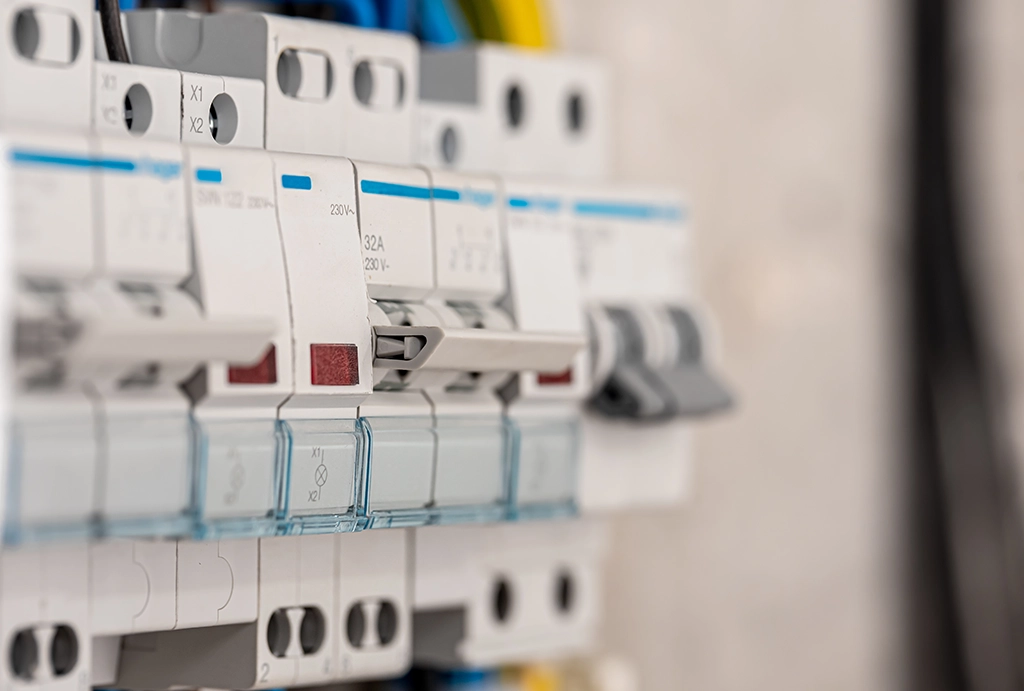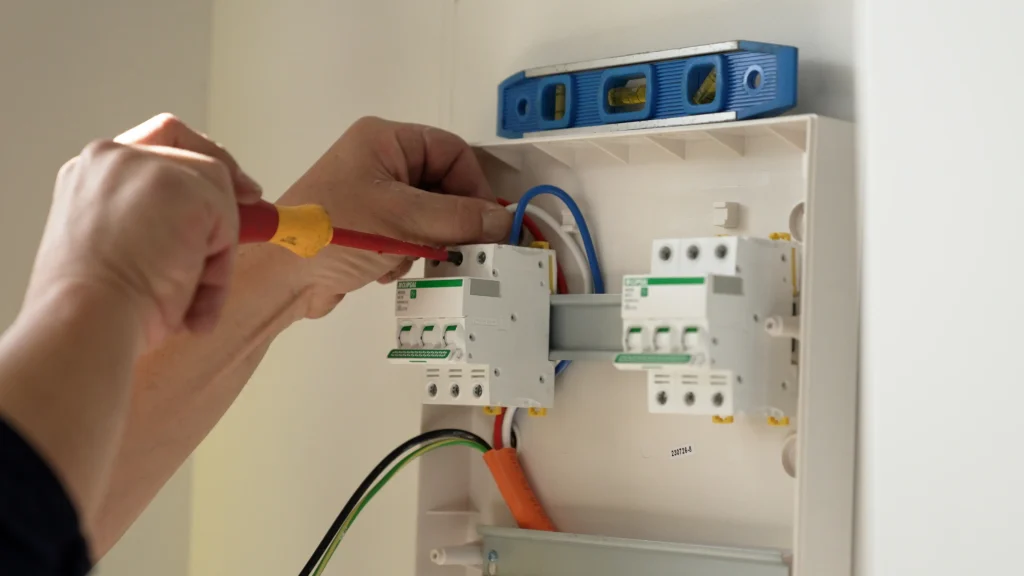
If you’re looking at solar and battery storage, one of the most common questions is:
“Do I need single phase or three phase power—and does it affect which battery I can install?“
The short answer: yes, it matters, and choosing the right setup can improve how well your system performs, how much backup you get, and what you’ll pay.
In this guide, we break it down in simple terms so you can choose the right path for your home.
What’s the Difference? (Simple Explanation)
Single Phase Power
Most homes in Australia have single phase.
It’s one active supply powering your whole house.
- Standard for suburban homes
- Usually supports systems up to 10kW solar
- Ideal for typical household loads
Three Phase Power
Larger homes, farms, and high-demand properties often have three phase.
It’s three active supplies instead of one.
- Better for large loads (ducted AC, pumps, EV chargers)
- Allows bigger solar systems (10–30kW+)
- More balanced supply across appliances
- This difference becomes important when you’re adding a solar battery.
How Your Phase Supply Affects Your Solar Battery
Battery Compatibility
Some batteries work on single phase only, while others offer both single and three phase versions (e.g., BYD, Sigenergy).
If your home is three phase, you can still install a single phase battery—but it will only back up one phase unless you choose a full three-phase solution.
Backup Power in a Blackout

This is where phase supply matters most.
Single Phase Home
You get backup across your whole home (as long as circuits are wired correctly).
Three Phase Home
You must choose how your backup behaves:
Option A: Backup Only One Phase (Most Common)
- Cheapest
- Works with most batteries
- Essential loads (lights, fridge, Wi-Fi, kitchen GPOs) stay on
- Other two phases lose power during an outage
Option B: Full Three Phase Backup
- Requires a true three-phase battery system
- More expensive
- Great for homes with EV chargers, pumps, ducted AC, or large loads
- Brands like Sigenergy SigenStor offer this option
What’s the Best Solar Battery for Single vs Three Phase?
Here’s a simple guide:
Best for Single Phase Homes
- BYD Battery-Box LVL (single phase setups)
Best for Three Phase Homes
- Sigenergy SigenStor (full three phase backup)
If you want whole-home backup + three phase, Sigenergy is currently the easiest pathway.

Single Phase vs Three Phase: Which Gives You Better Battery Performance?
Single Phase Pros
- Lower upfront cost
- Compatible with most batteries
- Simple backup setup
- Ideal for average-sized homes
Three Phase Pros
- Bigger solar systems
- Faster battery charging from solar
- Room for future EV chargers
- Higher export allowances
- Stronger performance during winter
If you want your home to be future-ready, three phase usually wins.
Upgrading to Three Phase: Is It Worth It?
Many households upgrade when they’re:
- Installing a large battery system
- Upgrading to 10–20kW solar
- Adding an EV charger
- Building a new home
- Planning a “near-off-grid” setup
The upgrade pays off through:
- Better battery performance
- Higher solar output
- Improved resale value
- Future appliance flexibility

FAQ: Should I Choose Single Phase or Three Phase for My Solar Battery?
Does phase supply affect backup power?
Yes—three phase homes may only get single phase backup unless using a three-phase battery.
Do I need to upgrade to three phase to add a battery?
No, but it helps if you want bigger solar or full home backup.
Does three phase give better battery charging?
Usually yes, because the solar inverter can be larger.
Can I run my whole house during a blackout?
Yes, but only with a true three-phase battery solution like Sigenergy.
Ready to go solar and battery?
If you’re unsure whether single or three phase is right for your solar battery setup, it’s best to get personalised advice.
Contact us today and we’ll size the right system for your home, explain backup options clearly, and help you choose a battery that suits your phase supply and future plans.
Geoff Tosio – Better Volt Solar + Batteries: Dorrigo